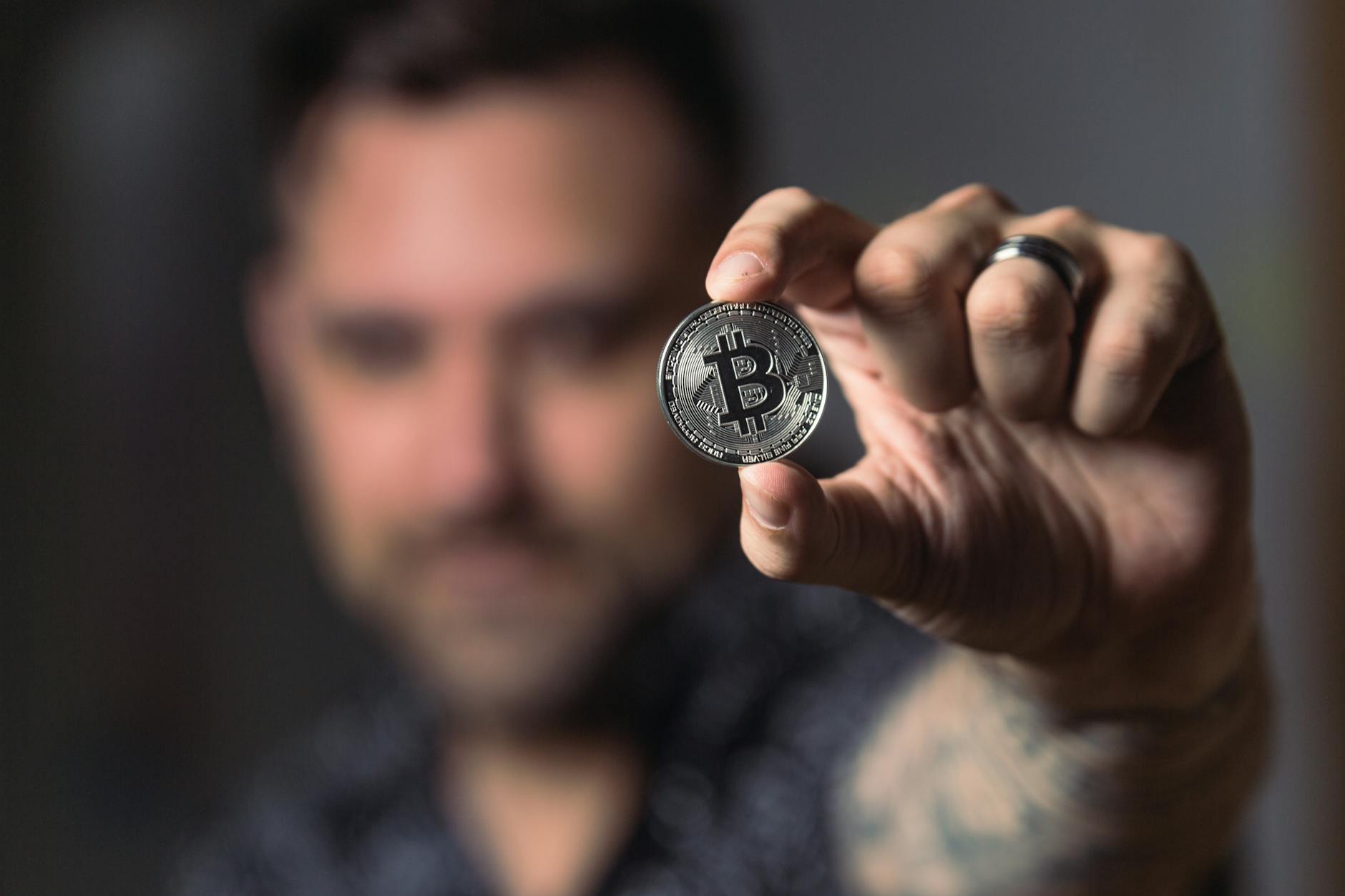Imagine waking up, sipping your coffee, and reading the headline: a 12-foot golden statue of President Donald Trump holding a Bitcoin lumbers outside the U.S. Capitol. Yes, the same day the Federal Reserve decides to cut interest rates. Funded by meme coin enthusiasts and crafted to spark dialogue on the nexus between politics and financial technology, this spectacle merges political commentary with a dose of crypto-flair.
Let's unpack the layers here. First, the obvious: a towering, gold-lacquered President Trump gripping a Bitcoin is not subtle. It's loud, visually arresting, and designed to provoke. Funded by creators of a Solana-based meme coin, DJTGST, which saw a fleeting spike in market cap, the statue according to Decrypt, acts as a symbolic "thank you" to Trump, viewed by some as a catalyst in fostering Bitcoin's adoption during his term.
What's happening here is more than just a flamboyant PR stunt; it's a stark representation of the ongoing melding of cryptocurrency with broader societal and cultural currents. To its proponents, the statue stands as a thank you gesture, acknowledging Trump’s perceived support for Bitcoin. Critics, however, see it as a distraction - a gilded embodiment of spectacle over substance, trivializing the complexities of both financial and political spheres.
The juxtaposition of this event- a gaudy statue's unveiling on the same day as a significant monetary policy change-cannot be ignored. As the Federal Reserve trims interest rates in an attempt to adjust the economic sails, a gigantic Trump statue ignites discussions that range from financial innovation to the very role of government-issued currency. This convergence suggests a scenario where political antics could overshadow pivotal financial mechanisms, potentially influencing public perception and confidence.
Indeed, as highlighted in our recent Radom Insights post on market dynamics, the crypto market responds not only to traditional financial indicators but also to cultural and political shifts. Events like this statue reveal an undercurrent in our culture where meme-fueled investments and real-world policies collide, possibly distorting the clarity required for sound financial decisions.
Economists have voiced concerns about such stunts, fearing they signify a troubling blend of political power with monetary policy-a move that could weaken the Federal Reserve's independence, foster inflation, and degrade faith in U.S. economic stability. The Financial Times survey of economists underscores this anxiety, suggesting that the intertwining of political spectacle with economic policymaking is more than just street theater; it's a worrisome signal to the markets.
Moreover, cultural commentators have likened the golden statue to religious iconography, amplifying the messianic portrayal of political figures in the context of financial discourse. This is where the fintech community must tread carefully. The symbolic merging of a political figure with cryptocurrency, particularly in such a visually impactful manner, plays into the narrative of crypto as a tool aligned with specific political views or ideologies, which could alienate segments of the populace or stoke regulatory backlash.
As a society, if we're not careful, the lines between political celebration, financial innovation, and public policy can blur, leading us down a path where critical economic decisions are swayed not by data or deliberative processes but by spectacle and symbolism. For the fintech sector, it's a call to focus on grounding cryptocurrency's image in stability and inclusivity rather than partisan symbolism or fleeting internet fame.
In conclusion, while the golden Trump Bitcoin statue may be dismissed by some as just another piece of meme culture invading our physical and political landscapes, its implications for fintech are profound, pushing the discourse around digital currency into arenas that could shape its adoption and regulation far more than any high-profile endorsement ever could.



